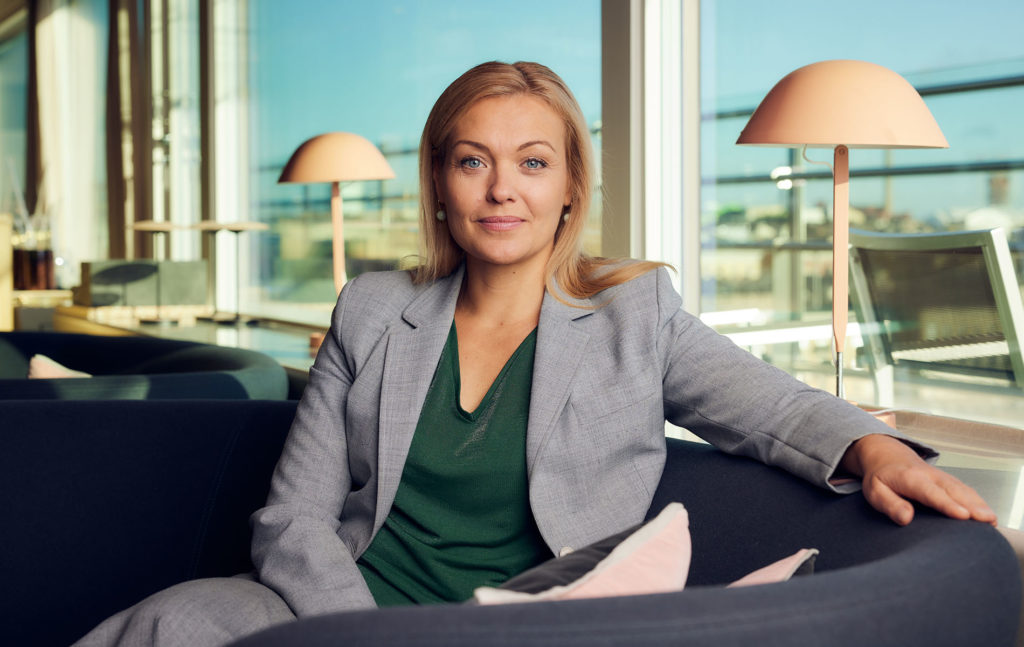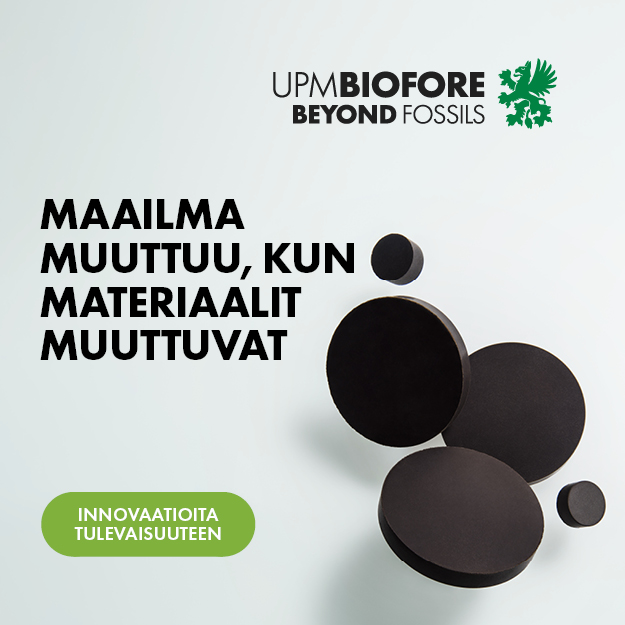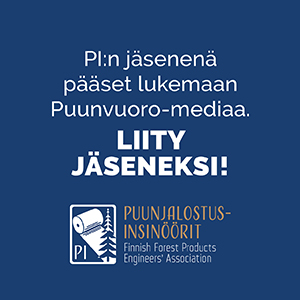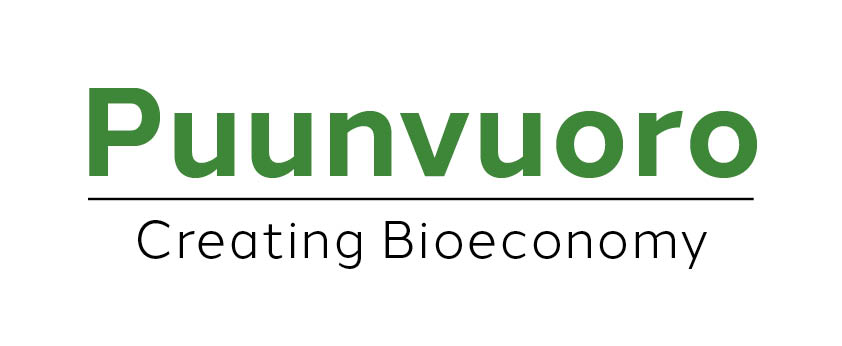“In development, it is vital that Finland achieves its national targets in carbon neutrality and stopping the loss of biodiversity. At the same time,
it is a matter of Finnish companies’ opportunities to offer green technology solutions to export markets as well,” says Ulla Heinonen from the Confederation of Finnish Industries.
In her area of responsibility as Director of Green Growth, Heinonen is playing her part in building Finland into a circular economy and a world leader in the green transition.
“We have fantastic potential. The government programme has good items on the development of our operating environment and keeping it competitive. The list includes, among others, clean energy and its availability, RDI, developing competence and traffic infrastructure, and the utilisation of digitality and data. The availability of a sufficient workforce, particularly through support for immigration, is in a weaker position, and this still needs further development.
The good ideas on paper must also be made concrete.
“The execution of the government programme will ultimately decide how investments will begin to settle in Finland.”
We will understand what we do not yet understand
Heinonen will likely get to talk about the green transition and its progress many more times. Transitioning from a fossil economy to a more environmentally sustainable production structure is no easy task.
“The change has started from energy production, and we have come quite far in that regard. Then, once there is enough clean and affordable energy available, we will start to electrify and lower the carbon emissions of various production methods and processes.”
According to Heinonen, carbon capture and refinement have also recently come up more.
“As we learn more, we gradually come to understand what we do not yet understand. We certainly do not know exactly how to utilise the circular economy in the best possible way yet, for example.”
Towards a high added value
The significance of research and product development cannot be overstated.
According to Heinonen, the decision to increase public RDI funding also gives the right kind of signal to the field of business that the operating environment is being changed in the right direction.
“We have fallen clearly behind our competitors in terms of RDI investments. I believe that increasing public support will have a leveraging effect on companies’ own RDI investments as well.”
She goes on to emphasise that this is a matter of a whole.
“Production will be rebuilt. How will we organise it so that Finland is competitive in terms of both energy production and added value in production? These issues will become important when building, for example, the value chains relating to the hydrogen economy. In other words, are we able to organise our production structure in such a way that we manufacture higher added-value products in Finland, or will someone else outside of Finland do it? This question applies to all industries.”
In March 2023, the Confederation of Finnish Industries opened a data window on their website which illustrates green transition investment plans in Finland.
– There are about EUR 140 billion’s worth of pending potential projects.
– In total, about 200 different kinds of projects are being monitored.
– These include plans in various stages – starting from preliminary surveys.
– Actual investment decisions have been made in about five per cent of the projects.
Data Dashboard by EK: Green investments in Finland




